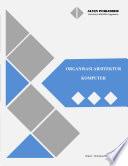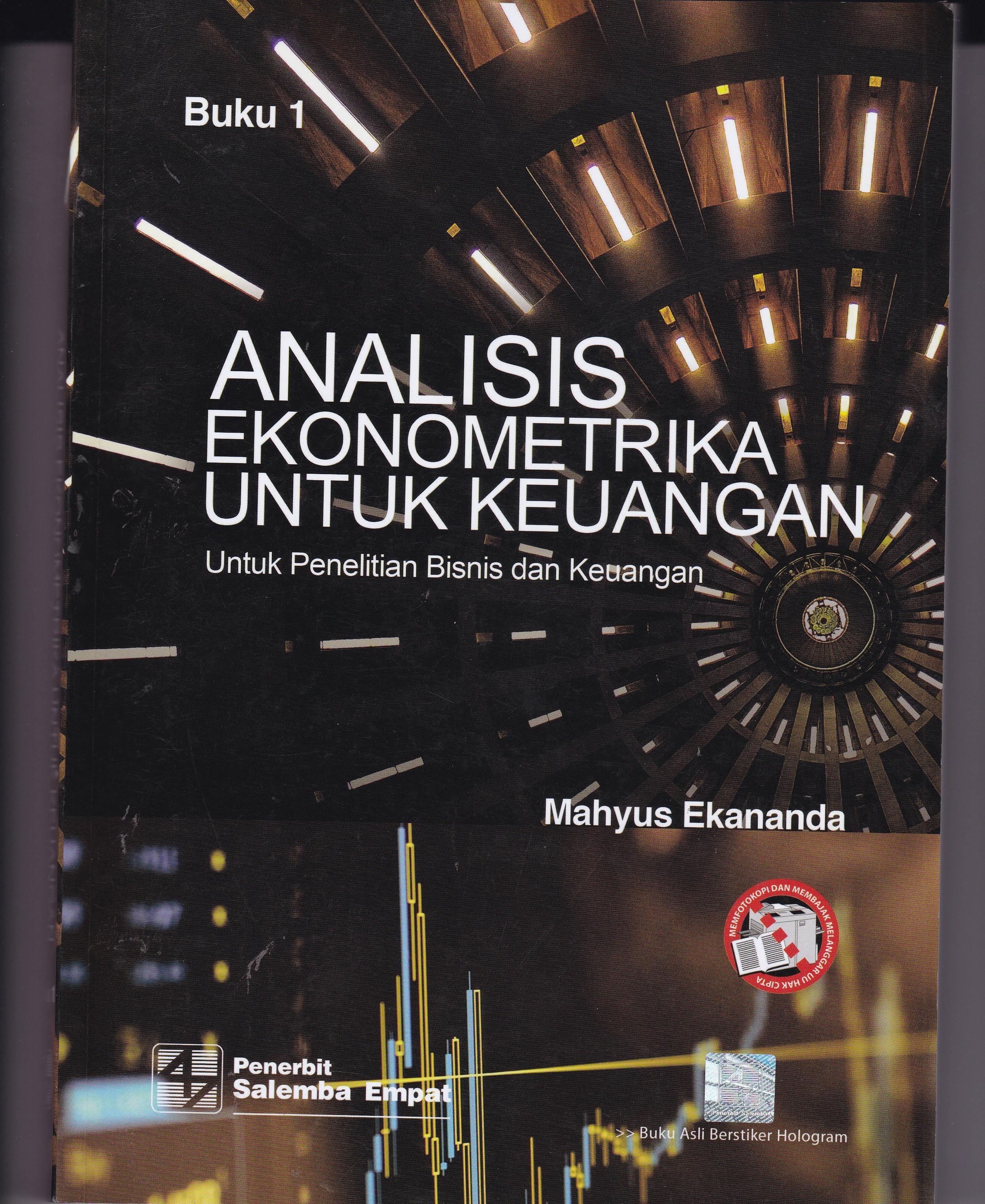
ETIKA KOMUNIKASI ORGANISASI
Filosofi, Konsep dan Aplikasi
Pengembangan Sistem Informasi Manajemen (SIM) di lembaga pendidikan merupakan suatu keniscayaan. Mendesak untuk dilaksanakan dari segi keharusan regulasi dan tuntutan kebutuhan masyarakat. Dari segi regulasi, karena UU SPN Nomor 20 tahun 2003 dan Permendiknas No. 19 Tahun 2007 tentang Standar Pengelolaan Pendidikan mengharuskan setiap Institusi pendidikanmenggunakan Sistem Imformasi Manajemen Pendidikan (SIMDIK). Para manajer lembaga pendidikan seringkali mendapatkan informasi yang sangat berlimpah, namun informasi tersebut bukan infomasi yang berkualitas atau tidak relevan dengan kebutuhan manajer. Hal ini disebabkan tidak adanya sebuah sistem yang mengelola arus informasi sesuai dengan kebutuhan organisasi. Ketidakakuratan informasi berimplikasi pada rendahnya kualitas keputusan yang diambil oleh para manajer lembaga pendidikan. Untuk itu diperlukan pengembangan SIMDIK secara terarah agar tiap keputusan keputuan organisasi pendidikan ditopang oleh sajian informasi yang berkualitas. Saat ini masih jarang ditemukan referensi tentang pengembangan SIM pendidikan, padahal kebijakan penerapan SIM di lingkungan pendidikan sudah berjalan sering diterbitkannya Peraturan Menteri Pendidikan Nasional (Permendiknas) No. 19 Tahun 2007 tentang Standar Pengelolaan Pendidikan. Dalam konteks inilah buku “Sistem Informasi Manajemen Pendidikan” ini hadir, membantu para mahasiswa, guru, dan pimpinan beserta tenaga kependidikan lainnya dalam rangka memehami konsep Sintem Infomasi Pendidikan, serta diharkan mampu melakukannya secara efektif dan efisien dalam rangka membangun mutu pendidikan yang efektif yang dapat mengahasilkan lulusan bermutu dan berkualitas, sesuai dengan tuntutan pembangunan dan perkembangan zaman. Buku ini ditulis berdasarkan kebutuhan para mahasiswa, guru, dan kepala sekolah/madarasah beserta tenaga kependidikan lainnya yang terungkap dalam berbagai pertemuan diskusi, seminar, lokakarya dilingkungan Kementerian Pendidkan Kebudayaan (Kemendikbud), serta Kementerian Agama (Kemenag). Secara lebih khusus, buku ini ditujukan untuk para mahasiswa S-1, S-2, dan S-3 program manajemen pendidikan. Buku ini berupaya memformulasikan suatu konsep dan cara praktis kepada para mahasiswa, guru, dan kepala sekolah/madarasah beserta tenaga kependidikan lainnya dalam megelola SIMDIK. Pembahasan dalam buku berisi beberapa tema yang disesuaikan dengan silabus RPS mata kuliah Sistem Informasi Manajemen Pendidikan, Pemaparananya dimulai dengan pendahuluan, kosep dasar SIM hingga strategi pengembangan SIM di sekolah/madrasah. Tema-tema dalam buku ini antara lain: konsep dasar SIM, komponen SIM sekolah/madrasah, kemudian berturut, menyajikan SIM Koneksi dan setting Kelembagaan, Ketenagaan, Kesiswaan, Akademik, Keuangan, Sarana dan Falitas, Perpustakaan. Pada bagian akhir dilengkapi dengan Model Strategi Prngrmbangan SIMDIK Madrasah berbasis Website.
- Judul : ETIKA KOMUNIKASI ORGANISASI
- Sub Judul : Filosofi, Konsep dan Aplikasi
- Pengarang : Prof. DR. H. A. Rusdiana, M.M.,
- Kategori : Philosophy
- Penerbit : PUSAT PENELITIAN DAN PENERBITAN UIN SGD BANDUNG
- Bahasa : id
- Tahun : 2021
- Halaman : 446
- Google Book : https://play.google.com/store/books/details?id=ABtUEAAAQBAJ&source=gbs_api
-
Ketersediaan :
Social Control Oleh dan Terhadap Media Massa Sebagai institusi sosial, media juga melakukan fungsi social control terhadap masyarakat yaitu pengendalian sosial melalui penciptaan rasa takut untuk melanggar norma-norma dan nilai yang ...









